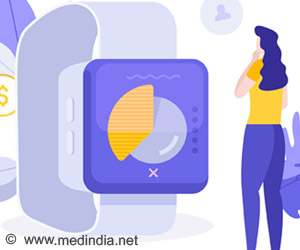Stem cells may be used in future to bio-engineer vein grafts for bypass surgery. Such a graft was used in an extra-hepatic portal vein obstruction.

A deceased or cadaver donor vein graft or a liver transplant would mean life-long anti-rejection drugs and were options that were not considered.
In this new procedure, the research team bio-engineered a vein for the girl using the following technique -
Initially, a 9-cm vein section or graft was obtained from a 30-year old organ donor and the cells from the vein were removed using buffer and enzyme solutions over a period of 12 days.
The vein graft was then treated with antibiotics and a sample piece was tested for the occurrence of nuclei and HLA antigens.
Next, endothelial and smooth muscle cells were prepared from the girl’s bone marrow and placed in the vein graft for giving it a new layer of cells that would not work as antigens.
Once the vein was ready, it was used to overcome the blockage by a surgical procedure.
The bypass graft instantly provided the patient an efficient blood supply of 25-30 cm/s in the portal vein and 40 mL/s in the artery. Following a revised procedure a year later, the portal blood flow resulted in significant improvement in the patient’s physical and mental development and ability. One year after surgery, the patient had a 6 cm height (137 cm to 143 cm) and 5 kg weight increase (30 kg to 35 kg). Though no mental cognition assessment was conducted, the patient’s parents described improvement in physical activity (2-3 km walks, simple gymnastics), speech and focus in school.
This study has given encouraging initial results and shown how stem cells may be used in future for bioengineering vein grafts and provides hope to patients especially in difficult situations as it was in this 10-year old girl.
Reference: Transplantation of an allogeneic vein bioengineered with autologous stem cells: a proof-of-concept study; Michael Olausson et al; The Lancet 2012
Source-Medindia














